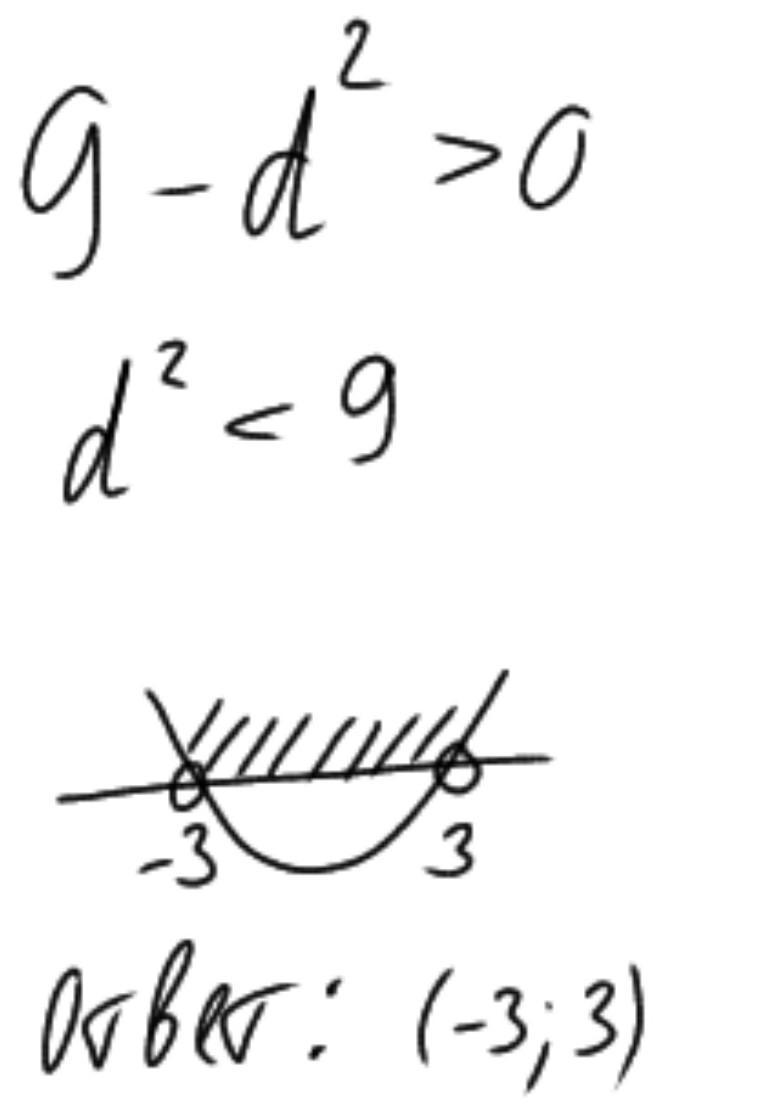Предмет: Алгебра,
автор: hikaru7778
ПОМОГИТЕ КТО ШАРИТ В логарифмах??!
Определи, при каких значениях d имеет смысл выражение log17,4(9−d2).
Ответ: при d∈
;
Приложения:

Ответы
Автор ответа:
0
Решение и ответ прикреплены в фотографии
Приложения:

Похожие вопросы
Предмет: Русский язык,
автор: niknowickowa1
Предмет: Другие предметы,
автор: Sharkovaolenka
Предмет: Русский язык,
автор: mistik198727
Предмет: Литература,
автор: aziril
Предмет: Математика,
автор: юляермакова